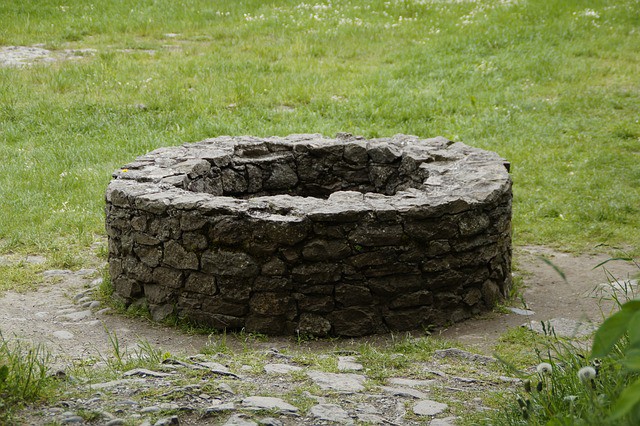
Have you inherited an old well when you purchased your house? It probably passed the inspection and was declared as a reliable source of drinking water for the mean time, but it doesn’t mean it’s free of problems. Take a look at these 4 common issues that many homeowners with old wells often end up facing. And feel free to give us a call for Maryland in-home water testing if you are concerned about the quality of your drinking water.
Imperfect Well Cap
A well cap is installed on the part of the well casing that exits to the surface. Building codes in most areas require a well to be covered with an appropriate cap to reduce the risk of contamination. If a cap is loose, broken or otherwise damaged, it could allow insects, rodents and surface water to enter the well and introduce bacteria into your drinking water.
Although a well cap should leave some opening for proper ventilation of the well, modern well caps are designed so that these openings are inaccessible to insects or wildlife. Other advantages of a good well cap include easy access to the well for maintenance and an obvious pin for the well’s location.
Well Casing Buried too Deep
The well casing should exit the surface and extend at least 8 inches above the ground. The ground around the well cap should be sloped away, so that surface water doesn’t collect around it. Meanwhile, many older wells are buried under ground in a well pit, which poses additional risks of contamination with surface water. Unless the well casing is water-tight, it will let surface water and dirt into your well. Even if the well cap is in good shape, the casing itself may rust and develop tiny holes that will compromise the well. If that’s the case, your well should be rebuilt to meet the code.
Well isn’t Deep Enough
The water in your well comes from an aquifer, which is basically a body of water between the rocks under the ground. The reason this water is safe to drink is because it’s been filtered through the ground by the time it reaches the aquifer. However, if your well is too shallow, you may end up tapping into the water that was not filtered enough. The shallower the well, the closer its water source to the well, so you could be getting water that contains agricultural runoff from a nearby farm or leaks from your own septic system.
Contamination From an Abandoned Well
If you keep having issues with your drinking water quality, check whether your property has an abandoned well. Former homeowners may have decided to install a new well instead of fixing the old one that had problems. However, if that old well wasn’t properly sealed, it could now be contributing contaminants to the aquifer. Think about it: both of your wells likely feed from the same aquifer, so if one is rusted and neglected, it doesn’t matter how well your maintain the other one.
Although your older well may be the reason why your are not satisfied with your drinking water quality, it’s not always the case. Sometimes, your location and the types of rocks that surround your aquifer affect how your water feels, taste and looks. Give R & G Water Systems a call to discuss how we can help you make sure your drinking water is safe and pleasant to use.
